Grow Tent Ventilation Kit Duct Fan Air Circulation Vent Blower
Perfect for grow tents, greenhouses, hydroponics, kitchens, bathrooms, basements, locker rooms, garage to reduce humidity, clear the air and lower temperatures in grow rooms.
Perfect for grow tents, greenhouses, hydroponics, kitchens, bathrooms, basements, locker rooms, garage to reduce humidity, clear the air and lower temperatures in grow rooms.

 英语
英语 俄语
俄语 德语
德语 西班牙语
西班牙语 法语
法语


 Innovation Team
Innovation Team Patented Technology
Patented Technology Quality Assurance
Quality Assurance Efficient Response
Efficient Response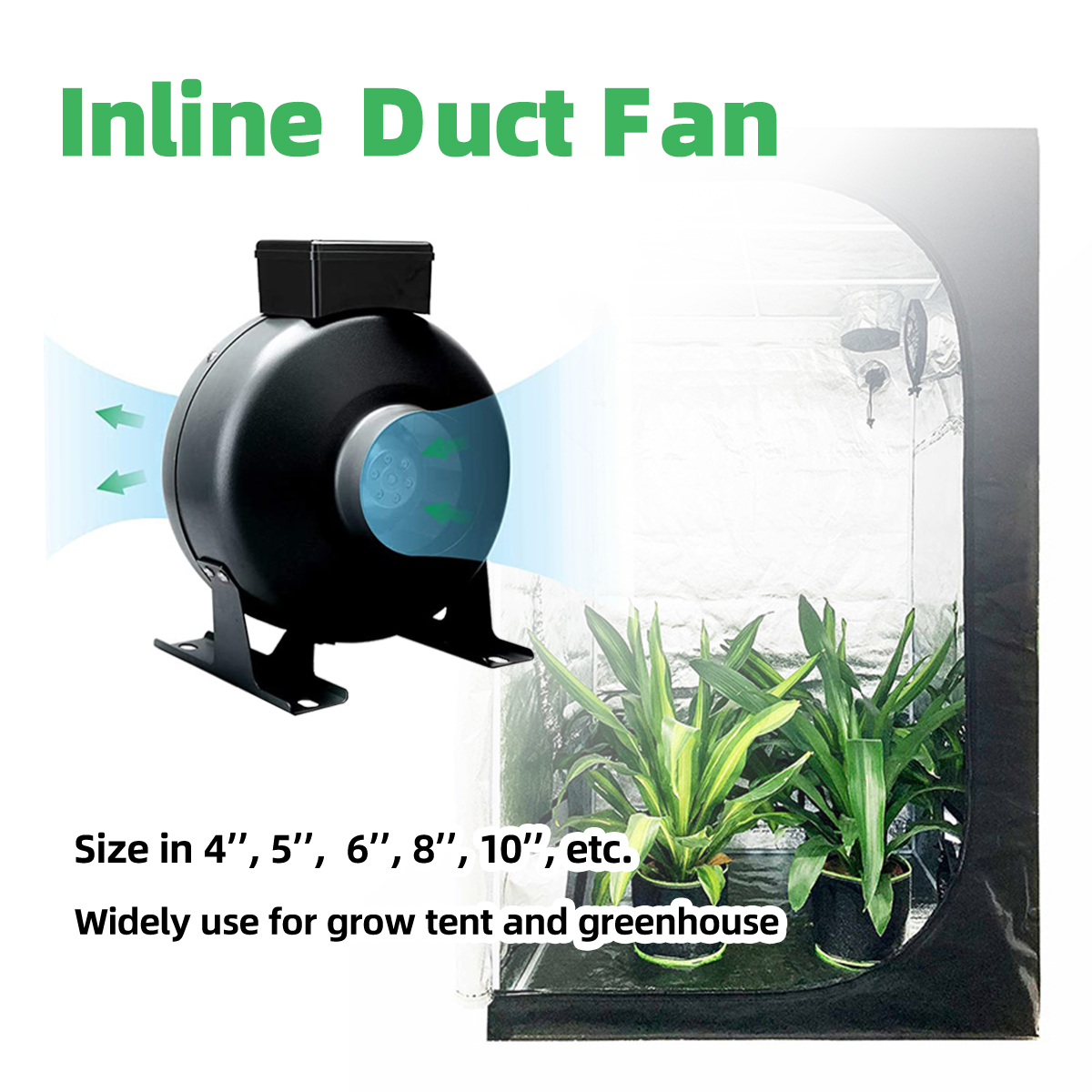
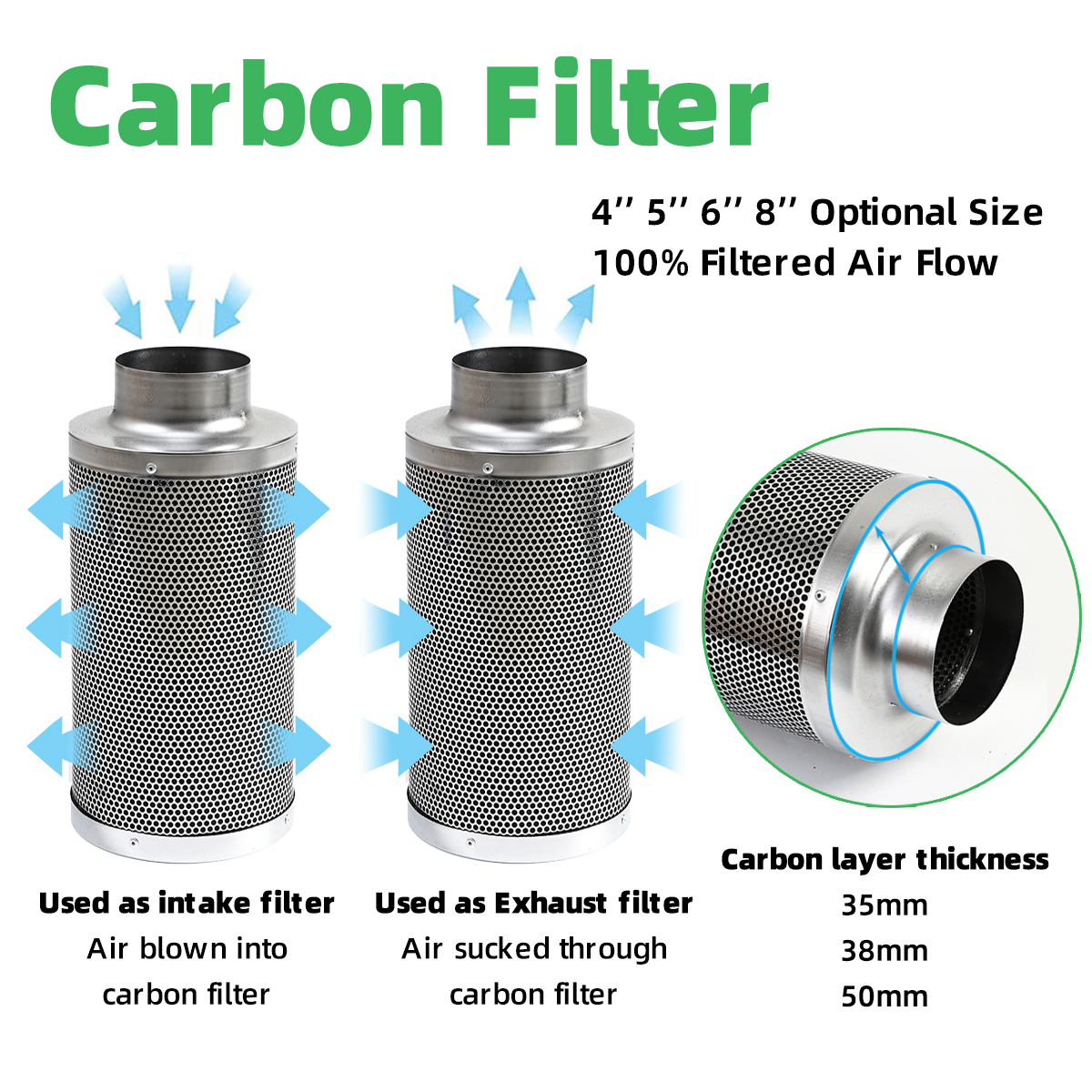
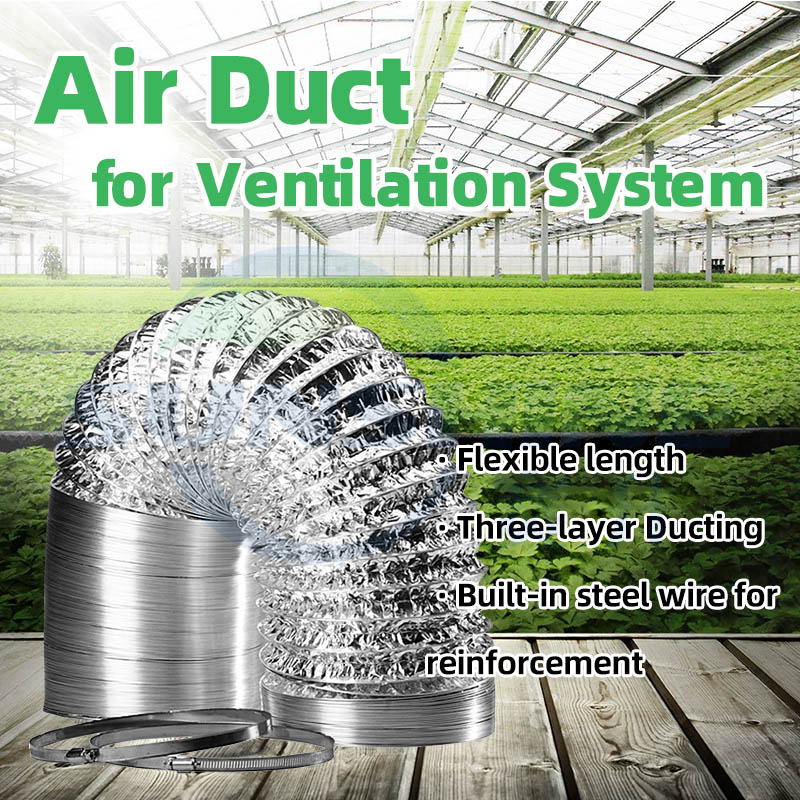
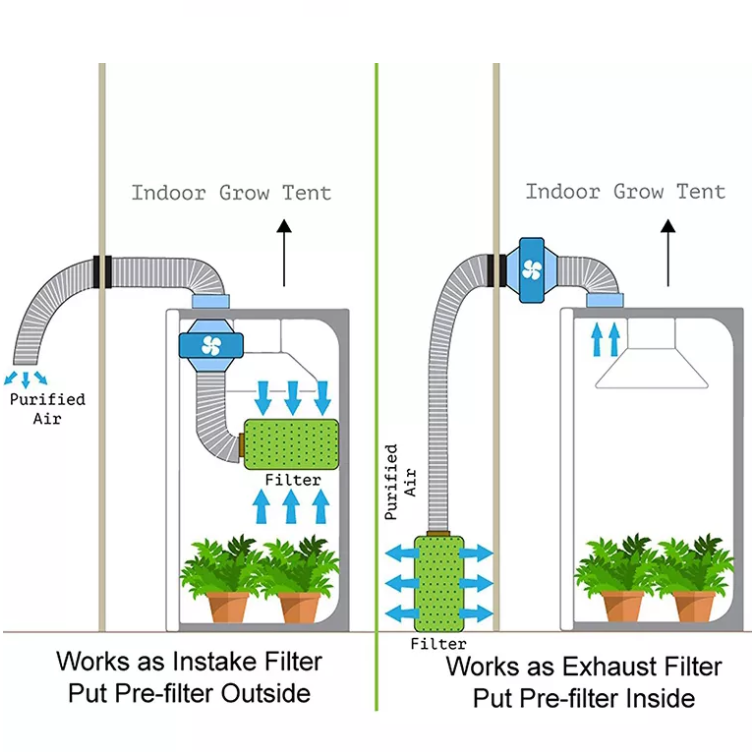
.jpg)
.jpg)
.jpg)
.jpg)

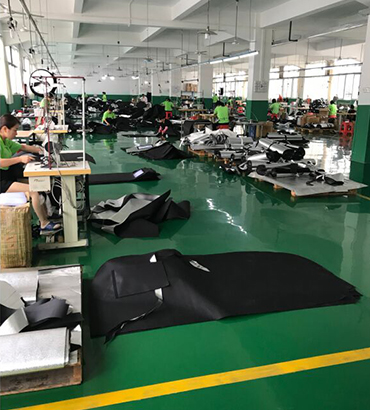
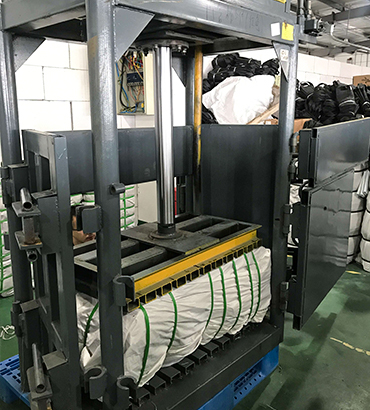
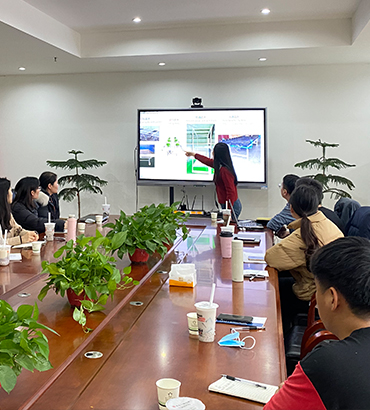
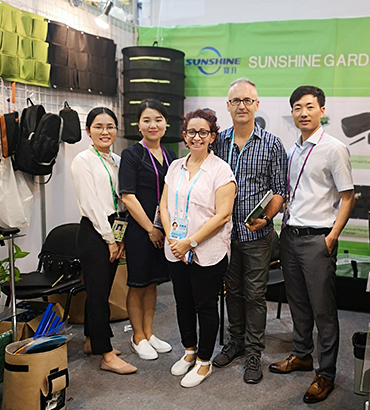
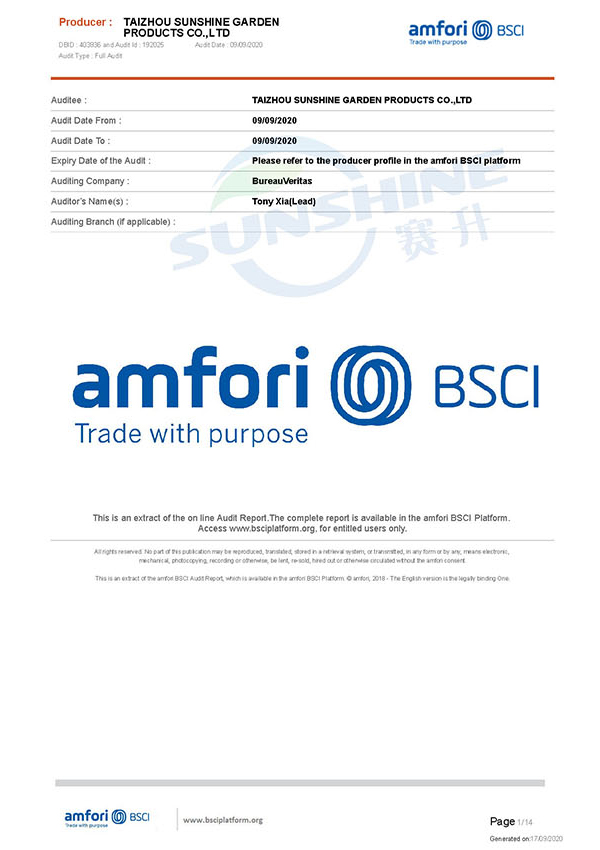
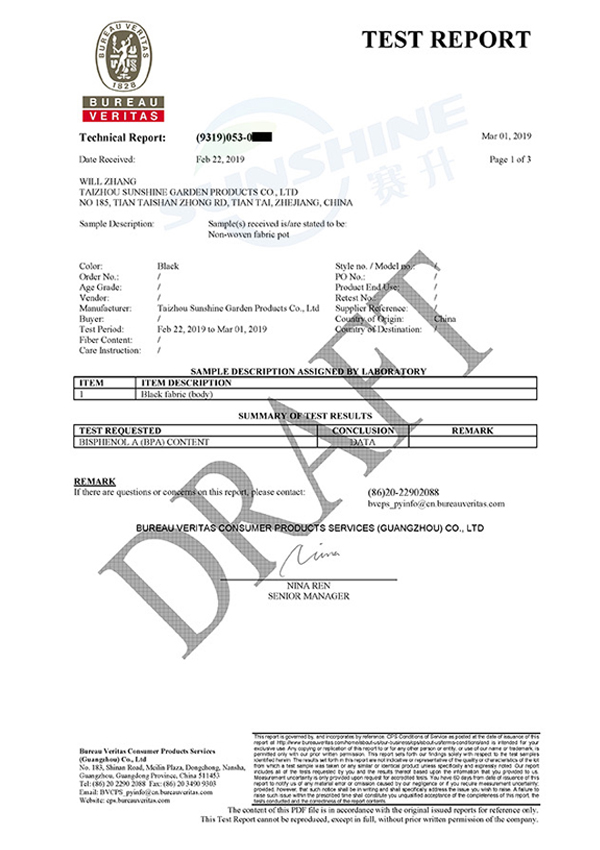


.jpg)
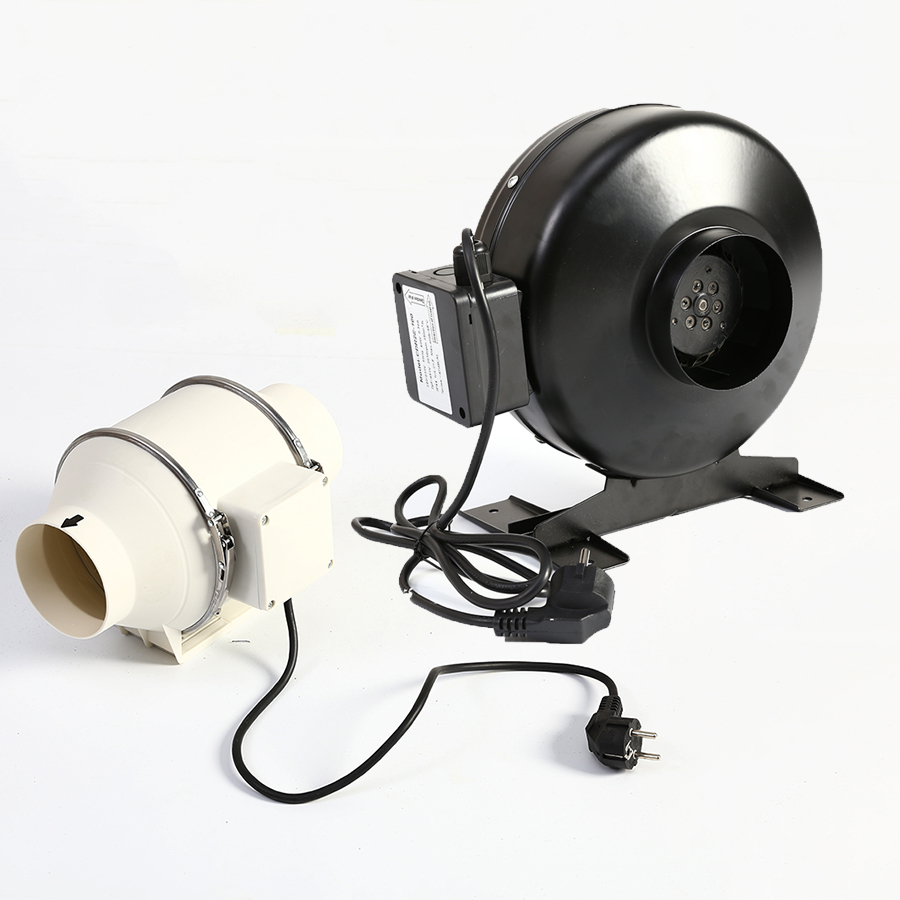
-1.jpg)
.jpg)
.jpg?imageView2/2/w/800/h/800/format/webp/q/75)
.jpg?imageView2/2/w/800/h/800/format/webp/q/75)
.jpg?imageView2/2/w/800/h/800/format/webp/q/75)
